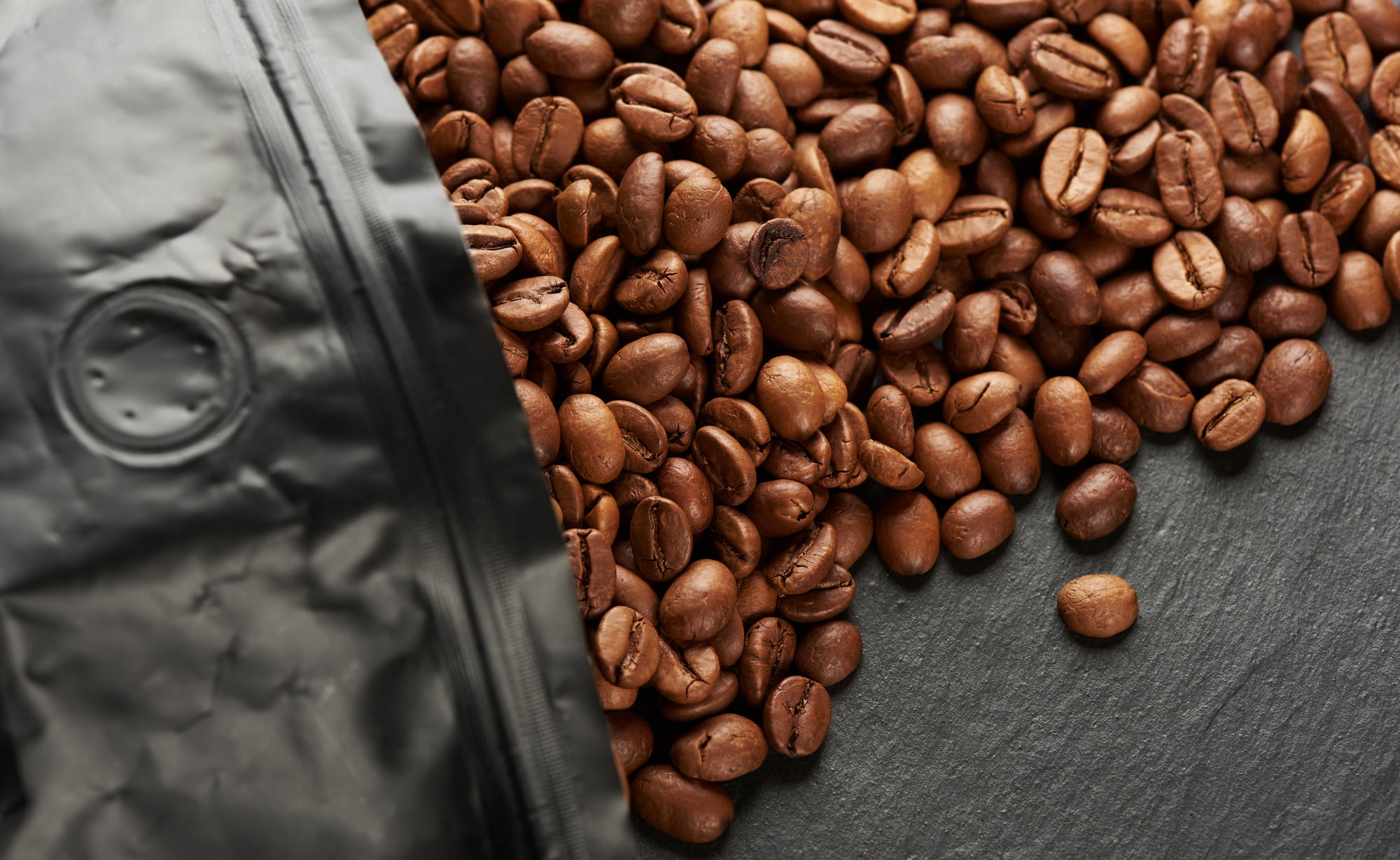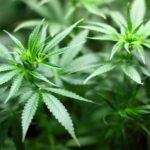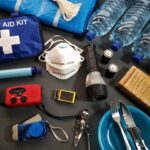Coffee shops are one of the most competitive businesses in the food industry. Everywhere you go, usually in highly-urbanized cities, you’ll see at least one thriving café.
Starting a coffee shop business of your own can get tempting. However, setting up a coffee business is more than just the taste and various options of beverages. Packages play a significant role in the food and drink industry because proper packaging keeps perishables safe and clean for consumption.
If you plan to have your own coffee shop, check out this brief yet informative guide when you’re ready to provide caffeine to your community.
- Packaging Components
Packaging for food products requires several factors to ensure freshness and protection from bacteria and the elements. Coffee beans are no exception. They need commercial coffee bags that have the following components, all of which are non-negotiables:
- One-way valve. One-way valves in coffee packaging allow the beans to degas. Carbon dioxide will escape through the valve while keeping oxygen out for beans to stay fresh. It’s a necessity for coffee bags to have it.
- Resealing features. As stated, one-way valves prevent oxygen from entering. But when you leave the packaging open, oxygen will enter, affecting the flavor and intensity of the beans once roasted. Most people don’t use all the coffee beans in one sitting. So, you should be able to seal its container again for another time.
- Product information. Lastly, the coffee’s packaging must have a label including the necessary details. It should include the ingredients, allergens, country of origin, and health-related claims.
- Coffee Packaging Types
Thankfully, you’re not limited to only one type of packaging for your coffee beans. You have many options to choose from depending on your needs or preferences.
- Flat bottom bags
- Flat pouches
- Stand up pouches
- Tin cans
- Glass bottles
The first type most coffee entrepreneurs use is the gusseted bag. It resembles a regular paper bag, except it has a resealable opening and a one-way valve. Business owners also like them because they’re affordable and readily available.
Another type is the sturdy and practical tin can. In fact, customers are likely to use them again as containers for the new beans they buy from you. You can also customize them to show your business’s logo and feature the required information about the product. Aside from coffee beans, tins can store your café’s other products like cookies and brownies.
Glass bottles are perfect for your cold-brew coffee products. Some people prefer holding drink bottles over plastic cups for cold beverages. The best part about bottles is that, with proper care, they last long. If you want something less fragile, aluminum cans are a great alternative.
Be sure to buy from a reputable beverage packaging company to ensure your packaging is made with food-grade materials and is recyclable.
- Sizes And Materials
Packaging for coffee comes in various sizes. So, choose a size that suits your business model and budget first while you’re still starting. For example, larger packaging sizes are more suitable for wholesalers than retailers.
It’s essential to pick the right materials for your packaging. Kraft and matte substrates are the most commonly used. But many people nowadays prefer eco-friendly packaging that’s either biodegradable or recyclable. Some sustainable materials you can choose for your packaging and designs are:
- Rice paper
- Low-density polyethylene
- Sustainable inks
You can consider kraft paper if you can’t find proper packaging made with these materials. Sustainable coffee packaging will cost you and your customers more, but it’s safer for the environment than non-biodegradable plastics.

- Packaging Designs
Your next step is to design your packaging. An excellent design will catch customers’ eyes and compel them to buy the product. It also makes your products appear more professional, trustworthy, and clean.
When designing your coffee packages, incorporate your branding to maintain consistency. People may view your products as an extension of your business. It’s one of the best ways to attract new potential customers to your shop. So, you must stay consistent with fonts, images, and colors.
You can use color psychology to your advantage. Here’s a list of possible colors you can apply for your packaging:
- Blue shows trustworthiness and dependability
- Green promotes sustainability
- Black or gold represents sophistication
Any design won’t matter if it doesn’t have a packaging label. Other than your brand’s name and story, labels must contain the following:
- Coffee name and origin
- Taste notes
- Roast level and date
Customers are more likely to buy a product with complete and accurate information. Thus, don’t forget to print these details onto your packaging.
The Best Bags For The Best Beans
Investing in a coffee shop is a great way to start your own business. Many people need coffee daily, and your café could sate their thirst.
But a startup requires careful planning and wise decisions, even for the littlest details like food packaging. Skillfully-designed containers will protect the coffee beans and entice customers to buy your products. So, keep these tips in mind and choose your packaging well.









